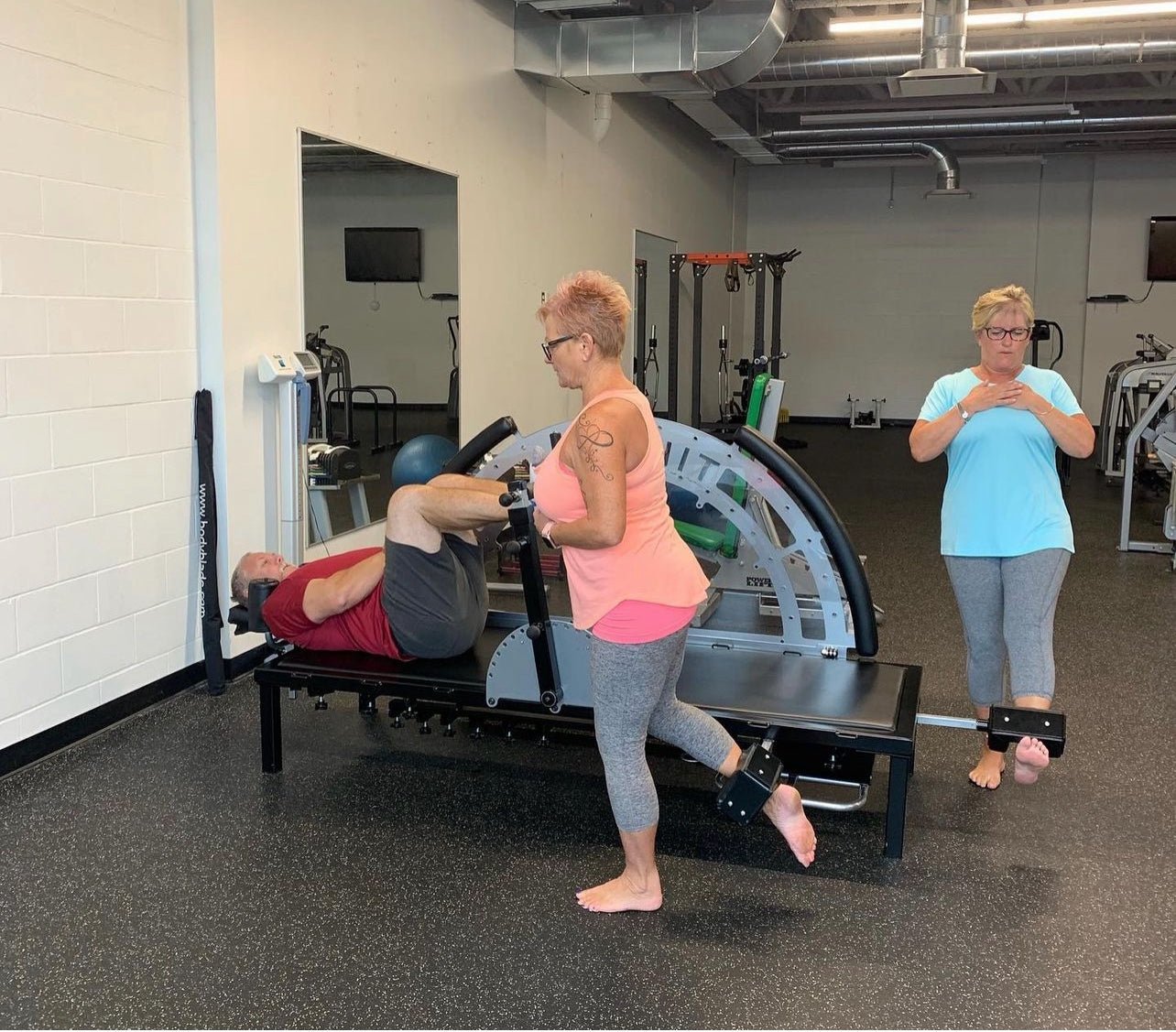An Unexplored Concept in ACL Injury Risk in Women: Comparing a Female Runner to a Rolling Wheel Without Slipping
The concept of a rolling wheel without slipping illustrates the mechanics of a wheel that rolls along a surface without spinning, slipping, or skidding, ensuring that the point of contact between the wheel and the ground has an instantaneous net velocity of zero. This scenario parallels the biomechanics of a runner, where the body pivots around the center of mass during movement. Analyzing this dynamic provides valuable insights into the forces at play during activities involving rapid acceleration, deceleration, and directional changes, especially in female athletes.
Visualizing the dynamics of a rolling wheel helps clarify the forces acting on the runner. Similar to a wheel that rotates around a fixed axis, the runner’s body pivots around her center of mass, with her foot (the wheel’s contact point) anchoring her to the ground. As the head and body mass move, they introduce additional forces due to their combined mass, effectively doubling the torque experienced because of the combination of horizontal and rotational forces. When the runner changes direction, the inertia of her body translates through her center of mass, generating torque at her knees and hips. This torque is influenced by the distance between her center of mass and the point of contact with the ground, akin to how the radius of a wheel affects its stability.
Women generally have a lower center of mass compared to men, which can lead to increased torque values during running and changes in direction. This biomechanical characteristic amplifies the torque experienced at the knee joint, contributing to a higher risk of ACL injuries. Additionally, the head's position relative to the center of mass complicates this dynamic. As the head shifts during breaking or change of direction events, it introduces rotational forces that further amplify the torque experienced by the lower body, akin to the effect of added mass at the top of a wheel.
Improving isometric muscle strength of the cervical spine can significantly enhance a runner's ability to tolerate these additional forces. A stronger cervical spine stabilizes the head and upper body, facilitating better control during dynamic movements. This increased isometric strength and stability can increase the athletes ability to tolerate the torque transmitted to the lower body, offering protection to the knee joint during rapid changes in direction.
Understanding these intricate biomechanics is crucial, particularly regarding the heightened risk of ACL injuries in female athletes. Insights drawn from comparing a runner to a rolling wheel could inform training protocols, emphasizing the importance of isometric strength training to mitigate injury risk while enhancing athletic performance. This unexplored concept warrants further investigation to deepen our understanding of female biomechanics in sports and its implications for effective injury prevention.
If you have any questions about the article or how Isophit can help reduce the risk of ACL injuries in sport. Please email them to me at brad@isophit.com
Yours in Isometric Strength.
Brad Thorpe
CEO | Inventor
Isophit





![5. 30inThirty™ Strength Series - [15 Printable Programs] - Isophit](http://www.isophit.com/cdn/shop/files/5-30inthirty-strength-series-15-printable-programs-433761.png?v=1728497641&width=1080)




Share:
Isophit Joins Forces With America's Cup Challenger the Orient Express Racing Team
Isophit: Resolve and Rebalance Unwanted Muscle Tension.